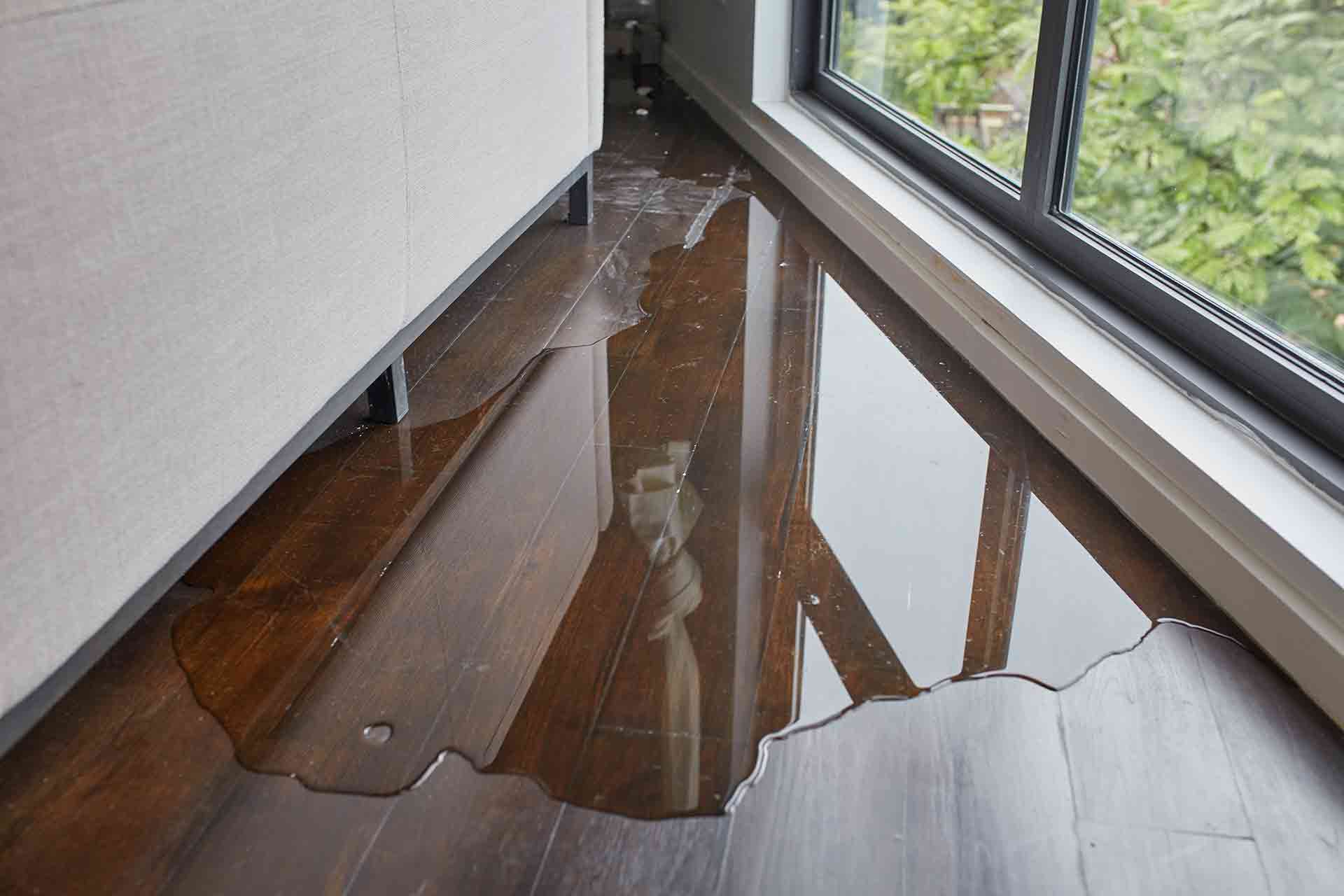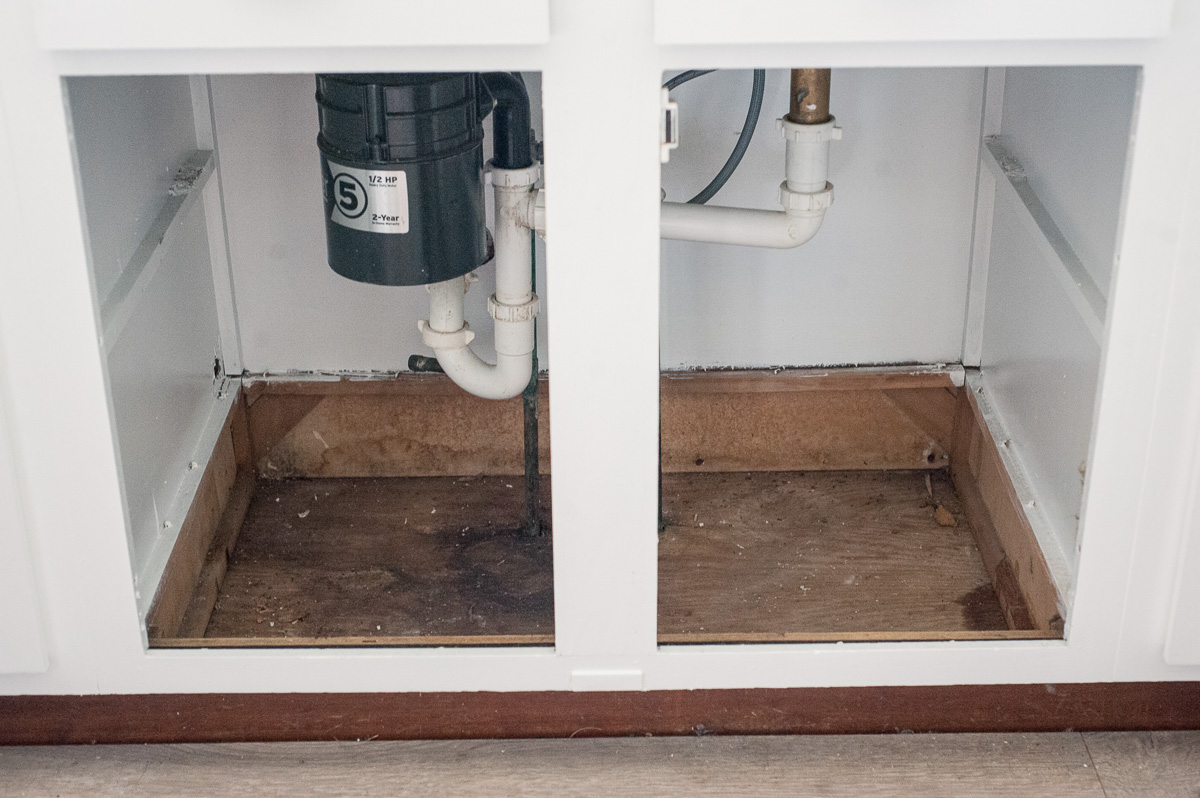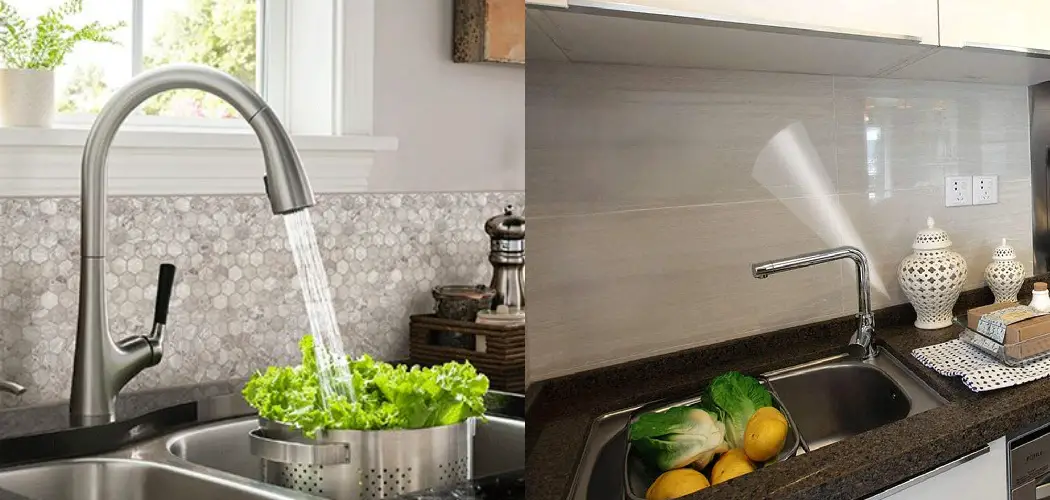Understanding Kitchen Sink Cabinet Base Protectors

The kitchen sink, a focal point of culinary activity, can also be a source of potential damage to the cabinet base beneath it. Water spills, leaks, and general wear and tear can leave the cabinet vulnerable to warping, rotting, and even structural damage. To safeguard this vital area, kitchen sink cabinet base protectors have emerged as a practical and effective solution.
Materials Used in Manufacturing
Kitchen sink cabinet base protectors are crafted from a variety of materials, each offering distinct advantages and drawbacks. Understanding the properties of these materials is crucial in selecting the best protector for your kitchen.
- Vinyl: Vinyl protectors are widely popular due to their affordability and water resistance. They are generally flexible and easy to install, conforming to the shape of the cabinet base. However, vinyl can be prone to tearing or punctures, especially with heavy objects or sharp utensils.
- Plastic: Plastic protectors often offer greater durability than vinyl, resisting tears and punctures more effectively. They are also typically more resistant to scratches and stains. However, plastic can be less flexible than vinyl, making installation challenging in some cases.
- Metal: Metal protectors, usually made of aluminum or stainless steel, provide the highest level of durability and resistance to water damage. They are resistant to scratches, dents, and tears, offering long-lasting protection. However, metal protectors can be more expensive than vinyl or plastic alternatives, and their installation may require additional tools or expertise.
Advantages and Disadvantages of Different Materials
The choice of material for a kitchen sink cabinet base protector is influenced by factors such as budget, desired level of protection, and ease of installation.
- Vinyl: Vinyl protectors are a budget-friendly option, offering good water resistance and ease of installation. However, their durability can be compromised by heavy objects or sharp utensils.
- Plastic: Plastic protectors offer a balance of affordability and durability, providing better protection against punctures and tears than vinyl. However, they can be less flexible, making installation challenging in some cases.
- Metal: Metal protectors offer the highest level of durability and water resistance, but they are also the most expensive option. Their installation may require additional tools or expertise.
Features of Kitchen Sink Cabinet Base Protectors
Beyond the material used, kitchen sink cabinet base protectors often incorporate features that enhance their functionality and effectiveness.
- Water Resistance: All protectors aim to resist water damage, but the level of resistance varies depending on the material and design. Some protectors have raised edges or lip-like structures to prevent water from spilling onto the cabinet base.
- Durability: The durability of a protector is determined by the material used and its construction. Some protectors are reinforced with additional layers or features to enhance their resistance to tears, punctures, and scratches.
- Ease of Cleaning: A protector’s surface should be easy to clean and maintain. Some protectors are coated with a non-stick or water-repellent finish, making them resistant to stains and grime.
Comparison of Popular Brands
The market offers a diverse range of kitchen sink cabinet base protectors, each with its own strengths and weaknesses. Here’s a comparison of key features across popular brands:
| Brand | Material | Water Resistance | Durability | Ease of Cleaning | Price |
|---|---|---|---|---|---|
| Brand A | Vinyl | Good | Moderate | Easy | Low |
| Brand B | Plastic | Excellent | High | Easy | Medium |
| Brand C | Metal | Excellent | Very High | Easy | High |
Choosing the Right Kitchen Sink Cabinet Base Protector

The journey to selecting the ideal kitchen sink cabinet base protector is akin to navigating a labyrinth of possibilities. With an array of shapes, sizes, and materials at your disposal, finding the perfect fit for your sink and cabinet demands careful consideration. Fear not, for this guide will illuminate the path to a harmonious union between your sink and its protective guardian.
Factors to Consider When Choosing a Kitchen Sink Cabinet Base Protector
The quest for the perfect kitchen sink cabinet base protector begins with understanding the unique characteristics of your sink and cabinet. This involves a careful analysis of their dimensions, the weight of the sink, and the level of support required.
- Sink Size and Cabinet Dimensions: The foundation of your selection lies in the precise measurement of your sink and cabinet. A protector too small will leave vulnerable areas exposed, while an overly large protector may obstruct access or create an unsightly bulge. Measure the width, depth, and length of both the sink and the cabinet base.
- Sink Weight: The weight of your sink plays a crucial role in determining the necessary strength and support of the protector. A heavy-duty sink demands a robust protector capable of handling the strain, while a lighter sink may be adequately protected by a thinner, more flexible option.
- Additional Support: In cases where the sink is exceptionally heavy or the cabinet base lacks inherent strength, additional support may be necessary. This can involve using a combination of a protector and a reinforced platform or utilizing a specialized protector designed for heavy-duty applications.
Flow Chart for Choosing the Right Kitchen Sink Cabinet Base Protector
Kitchen sink cabinet base protector – This flow chart provides a visual roadmap for selecting the ideal protector based on your specific needs:
[Insert flowchart here]
Measuring Your Sink and Cabinet for the Perfect Fit
To ensure a seamless fit, accurate measurement is paramount. Follow these steps for precise results:
- Measure the Sink:
- Width: Measure the widest point of the sink basin, excluding the lip or rim.
- Depth: Measure the distance from the top of the sink rim to the bottom of the basin.
- Length: Measure the longest point of the sink basin, excluding the lip or rim.
- Measure the Cabinet Base:
- Width: Measure the width of the cabinet base at the point where the sink will be installed.
- Depth: Measure the depth of the cabinet base from the front edge to the back wall.
Installation and Maintenance: Kitchen Sink Cabinet Base Protector

Installing a kitchen sink cabinet base protector is a simple process that can significantly extend the life of your cabinets. This section provides a step-by-step guide to ensure a secure and effective installation.
Installation Guide
Installing a kitchen sink cabinet base protector involves a few straightforward steps:
- Clean the Cabinet Base: Before installation, thoroughly clean the cabinet base to remove any debris, grease, or moisture. This will ensure a secure bond between the protector and the cabinet surface.
- Measure and Cut: Measure the dimensions of the cabinet base and carefully cut the protector to size using a utility knife or shears. It’s best to err on the side of slightly larger dimensions to ensure complete coverage.
- Position and Secure: Carefully position the protector on the cabinet base, ensuring it is centered and properly aligned. Secure the protector using adhesive strips, double-sided tape, or specialized fasteners, depending on the type of protector you’ve chosen.
Securing the Protector
To prevent slippage and movement, consider these tips for securing the protector:
- Adhesive Strips: Adhesive strips are a common and convenient method for securing the protector. Ensure the strips are strong enough to withstand the weight of the protector and any potential moisture.
- Double-Sided Tape: Double-sided tape provides a more permanent solution, especially for heavy-duty protectors. Apply the tape to both the protector and the cabinet base for maximum adhesion.
- Fasteners: Specialized fasteners, such as screws or clips, can be used for added security. These are particularly useful for heavier protectors or in areas prone to high moisture.
Maintenance Practices
Regular maintenance is essential to keep your kitchen sink cabinet base protector in optimal condition:
- Cleaning: Clean the protector regularly with a mild detergent and a damp cloth. Avoid abrasive cleaners or harsh chemicals that could damage the protector.
- Replacing Worn-Out Protectors: Over time, protectors can become worn or damaged, especially in high-traffic areas. Replace worn-out protectors promptly to prevent further damage to the cabinet base.
Troubleshooting Common Issues
While installation and maintenance are relatively straightforward, some common issues might arise:
- Slipping or Movement: If the protector slips or moves, re-secure it using stronger adhesive strips, double-sided tape, or fasteners. Ensure the surface is clean and dry before applying adhesive.
- Damage to the Protector: Inspect the protector for any signs of damage, such as tears or punctures. Replace damaged protectors to prevent further damage to the cabinet base.
A kitchen sink cabinet base protector is a must-have for anyone who wants to keep their cabinets looking their best. It can help to prevent water damage and scratches, which can be especially important if you have a busy kitchen.
When choosing a protector, consider the style of your cabinets and the overall design of your kitchen. If you have white cabinets, you might want to consider pairing them with a granite countertop, and there are many beautiful granite colors with white cabinets that would complement your space.
No matter what you choose, a good kitchen sink cabinet base protector will help keep your cabinets looking new for years to come.
A kitchen sink cabinet base protector is a must-have for anyone who wants to keep their cabinets looking their best. It can help prevent water damage, scratches, and other wear and tear. If you’re looking for a durable and stylish option, consider a 21″ sink base cabinet, like the ones featured in this guide.
These cabinets are often made with high-quality materials and offer plenty of storage space, making them a great choice for any kitchen. Once you’ve chosen the perfect cabinet, a good base protector will help keep it looking great for years to come.